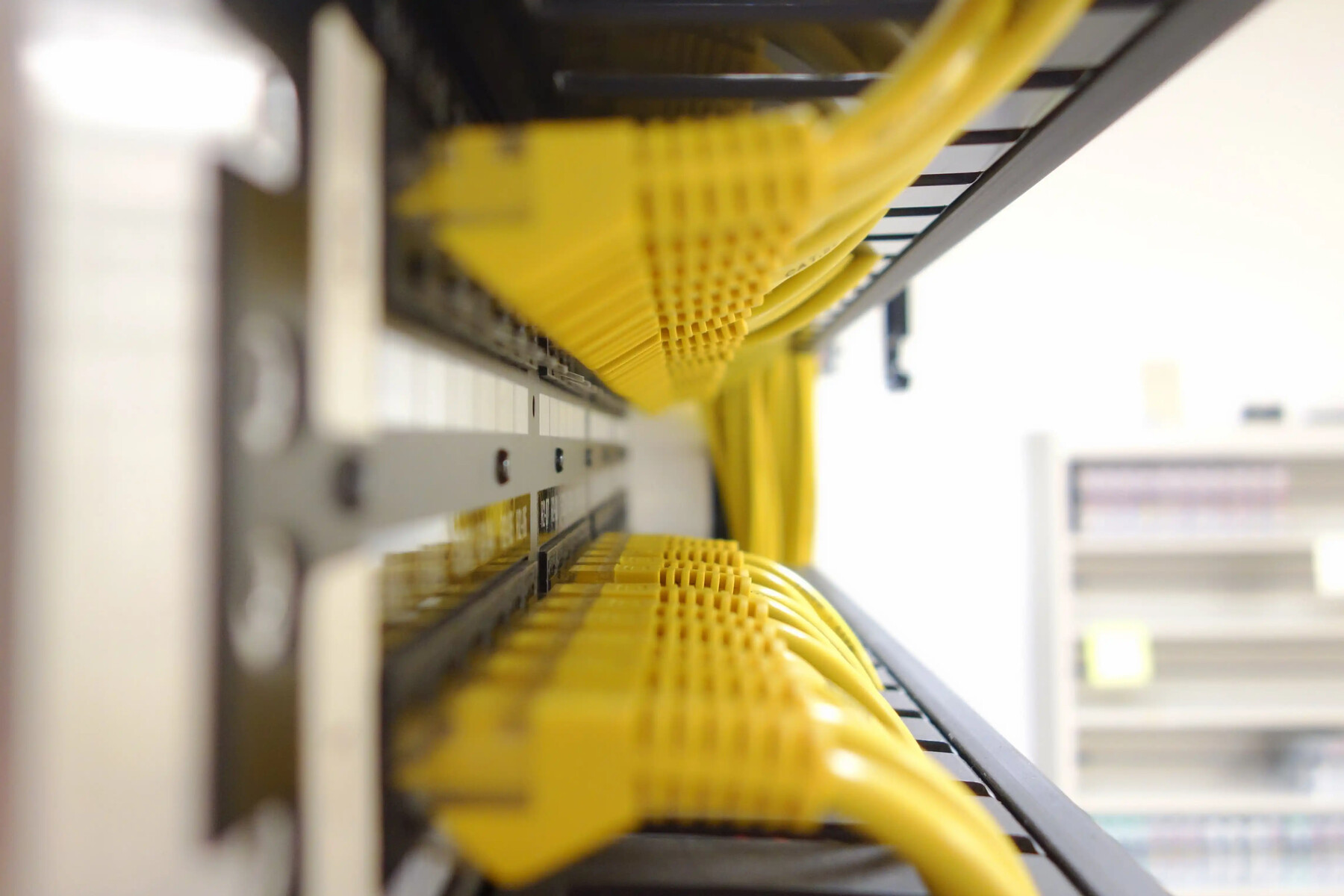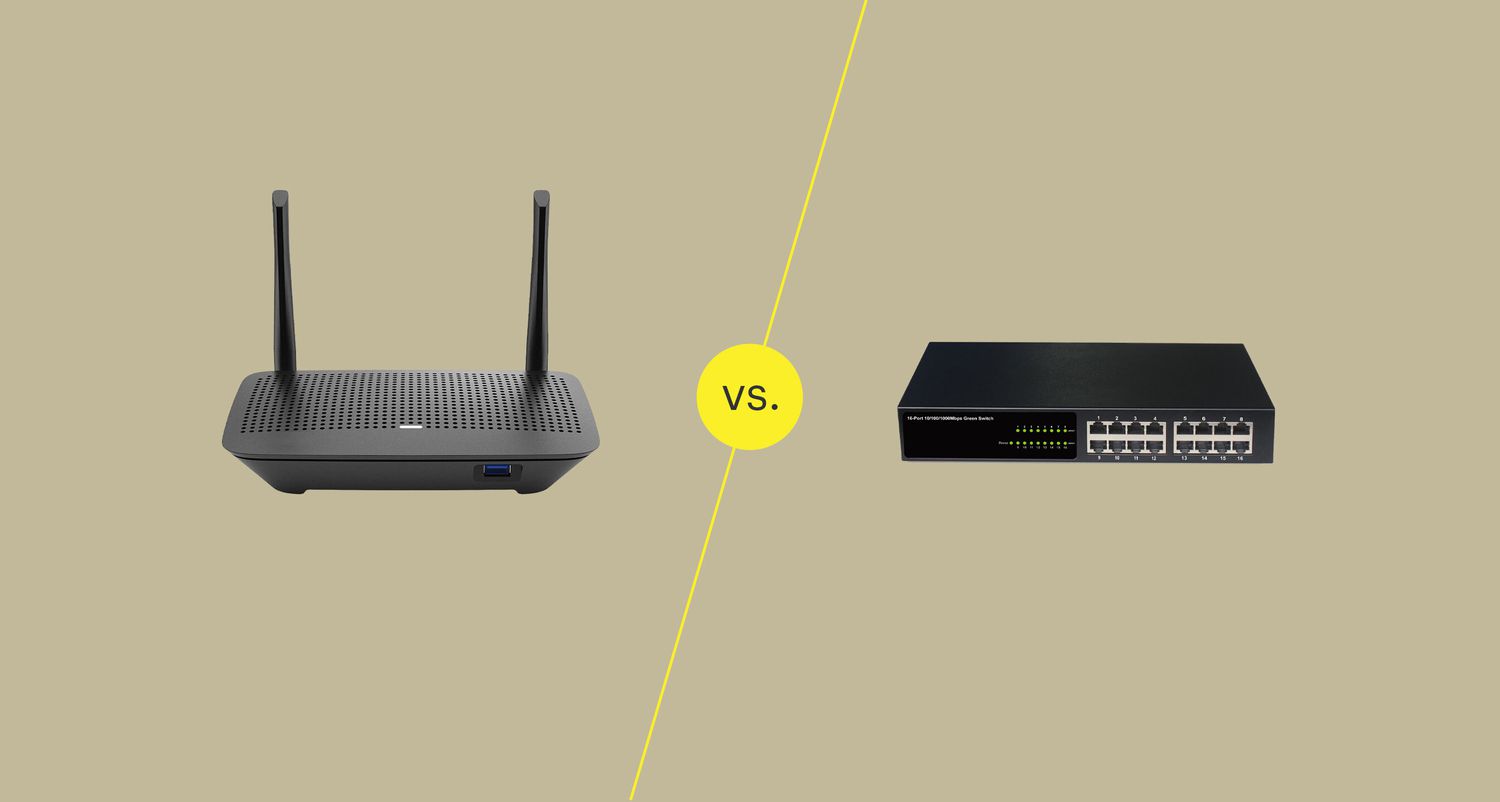Introduction
When it comes to understanding how a network switch operates within the OSI (Open Systems Interconnection) model, it's essential to delve into the various layers of this framework. The OSI model serves as a conceptual guideline for data communication, organizing the functions of networking into seven distinct layers. Each layer plays a crucial role in facilitating the transmission of data across networks, and comprehending how a network switch functions within this model is fundamental for network administrators and IT professionals.
In this article, we will explore the typical operations of a network switch across the layers of the OSI model. By examining the functionalities of the switch at each layer, we can gain a comprehensive understanding of its role in network communication and data transmission.
Understanding the OSI model and the specific operations of a network switch within this framework is essential for optimizing network performance, troubleshooting connectivity issues, and implementing effective network management strategies. Let's embark on this journey through the layers of the OSI model to uncover the intricate workings of a network switch and its contributions to seamless data transmission.
Layer 2: Data Link Layer
At the Data Link Layer, the network switch operates by utilizing MAC (Media Access Control) addresses to facilitate the efficient transfer of data within a local network. This layer is responsible for framing the incoming packets into data frames and ensuring their reliable transmission across the physical network medium. When a switch receives a data frame, it examines the destination MAC address to determine the appropriate port for forwarding the frame, thereby enabling targeted communication between devices connected to the switch.
One of the key operations of a network switch at this layer is the process of MAC address learning. As data frames are received on individual ports, the switch records the source MAC addresses and their corresponding port associations in its MAC address table. This dynamic learning process enables the switch to intelligently forward traffic based on MAC addresses, optimizing network efficiency and reducing unnecessary data transmission.
Additionally, the Data Link Layer encompasses the functionality of VLANs (Virtual Local Area Networks), which allows the switch to segment the network into separate broadcast domains, enhancing network security and performance. By assigning ports to specific VLANs, a network switch can effectively isolate traffic and control broadcast domains, thereby improving network management and resource utilization.
Furthermore, the Data Link Layer involves the implementation of various protocols, such as Ethernet and the Spanning Tree Protocol (STP), to maintain network stability and prevent network loops. A network switch utilizes these protocols to manage the flow of data, detect network topologies, and ensure redundancy in the event of link failures, thereby promoting reliable and resilient network communication.
Layer 3: Network Layer
Within the OSI model, the Network Layer plays a pivotal role in enabling end-to-end communication and logical addressing across interconnected networks. When a network switch operates at this layer, it engages in the forwarding of data packets based on IP (Internet Protocol) addresses, thereby facilitating inter-network communication and routing.
One of the fundamental operations of a network switch at the Network Layer is its involvement in the process of IP address resolution. As data packets arrive at the switch, it examines the destination IP address to determine the optimal path for forwarding the packets to their intended destinations. By leveraging routing tables and dynamic routing protocols, the switch can make informed decisions regarding packet forwarding, enabling efficient data transmission across diverse network segments.
Moreover, the Network Layer encompasses the implementation of Quality of Service (QoS) mechanisms, allowing the switch to prioritize and manage network traffic based on specific criteria. This capability is instrumental in optimizing network performance, ensuring the timely delivery of critical data, and mitigating congestion within the network infrastructure.
Additionally, a network switch at the Network Layer may participate in the segmentation of the network into subnets, enabling the efficient utilization of IP address space and enhancing network security. By defining subnetworks and implementing subnetting techniques, the switch contributes to the logical organization of IP addresses, thereby streamlining network management and optimizing resource allocation.
Furthermore, the Network Layer involves the utilization of routing protocols such as OSPF (Open Shortest Path First) and BGP (Border Gateway Protocol) to facilitate dynamic routing and maintain optimal paths for data transmission. Through the exchange of routing information and the computation of routing metrics, a network switch can adapt to network changes and efficiently route traffic, thereby contributing to the robustness and scalability of the network infrastructure.
Layer 4: Transport Layer
Within the OSI model, the Transport Layer is responsible for ensuring the reliable and orderly delivery of data between network hosts. When a network switch operates at this layer, it engages in the facilitation of end-to-end communication sessions, addressing data integrity, flow control, and error detection within the network environment.
One of the primary operations of a network switch at the Transport Layer is the management of transport protocols, such as TCP (Transmission Control Protocol) and UDP (User Datagram Protocol). These protocols govern the establishment of connections, the segmentation and reassembly of data, and the verification of data delivery, thereby enabling the seamless and dependable transfer of information across network boundaries.
Furthermore, the Transport Layer involves the implementation of port-based services, allowing the switch to differentiate and manage network traffic based on specific application ports. By inspecting the port information within the data packets, the switch can intelligently direct traffic to the appropriate network services and applications, facilitating efficient communication and resource allocation.
Additionally, a network switch at the Transport Layer may participate in the optimization of network performance through the prioritization of traffic based on transport layer parameters. By leveraging techniques such as traffic shaping and congestion control, the switch can regulate the flow of data, mitigate network bottlenecks, and enhance the overall responsiveness of network applications and services.
Moreover, the Transport Layer encompasses the management of session initiation and termination, enabling the switch to facilitate the establishment and closure of communication sessions between network hosts. By overseeing the coordination of data exchange and ensuring the orderly transfer of information, the switch contributes to the seamless and reliable operation of network applications and services.
Conclusion
As we traverse the layers of the OSI model and explore the operations of a network switch within this framework, it becomes evident that the switch plays a multifaceted role in facilitating efficient and reliable data transmission across modern networks. From the foundational functions at the Data Link Layer to the intricate management of transport protocols at the Transport Layer, the network switch serves as a linchpin in network communication and connectivity.
By operating at the Data Link Layer, the network switch harnesses MAC addresses, VLANs, and essential protocols to intelligently forward data frames, optimize network performance, and enhance network security. Moving to the Network Layer, the switch engages in IP address resolution, QoS management, and dynamic routing, contributing to the seamless inter-network communication and the robustness of the network infrastructure.
At the Transport Layer, the network switch assumes the crucial responsibility of managing transport protocols, port-based services, and session coordination, ensuring the dependable and orderly delivery of data between network hosts. These operations collectively underscore the indispensable role of the network switch in orchestrating the intricate dance of data across diverse network environments.
As network technologies continue to evolve and networks expand in complexity, the operations of a network switch within the OSI model remain foundational to the seamless functioning of modern communication infrastructures. Network administrators and IT professionals must continually leverage their understanding of the OSI model and the operations of network switches to optimize network performance, troubleshoot connectivity issues, and ensure the efficient flow of data across interconnected systems.
In essence, the operations of a network switch within the OSI model epitomize the convergence of technical acumen, strategic network management, and the relentless pursuit of seamless connectivity in the digital age.

























